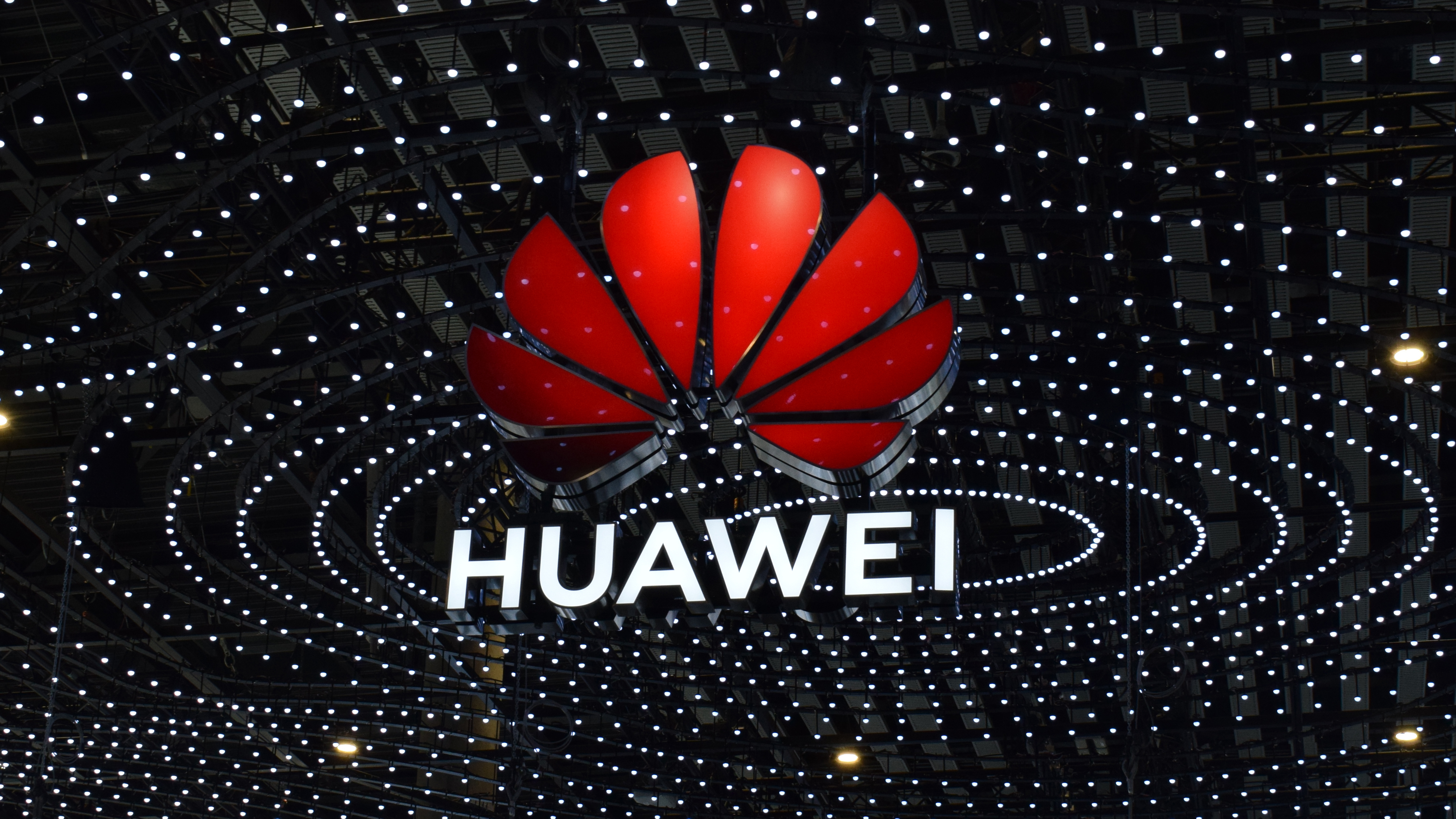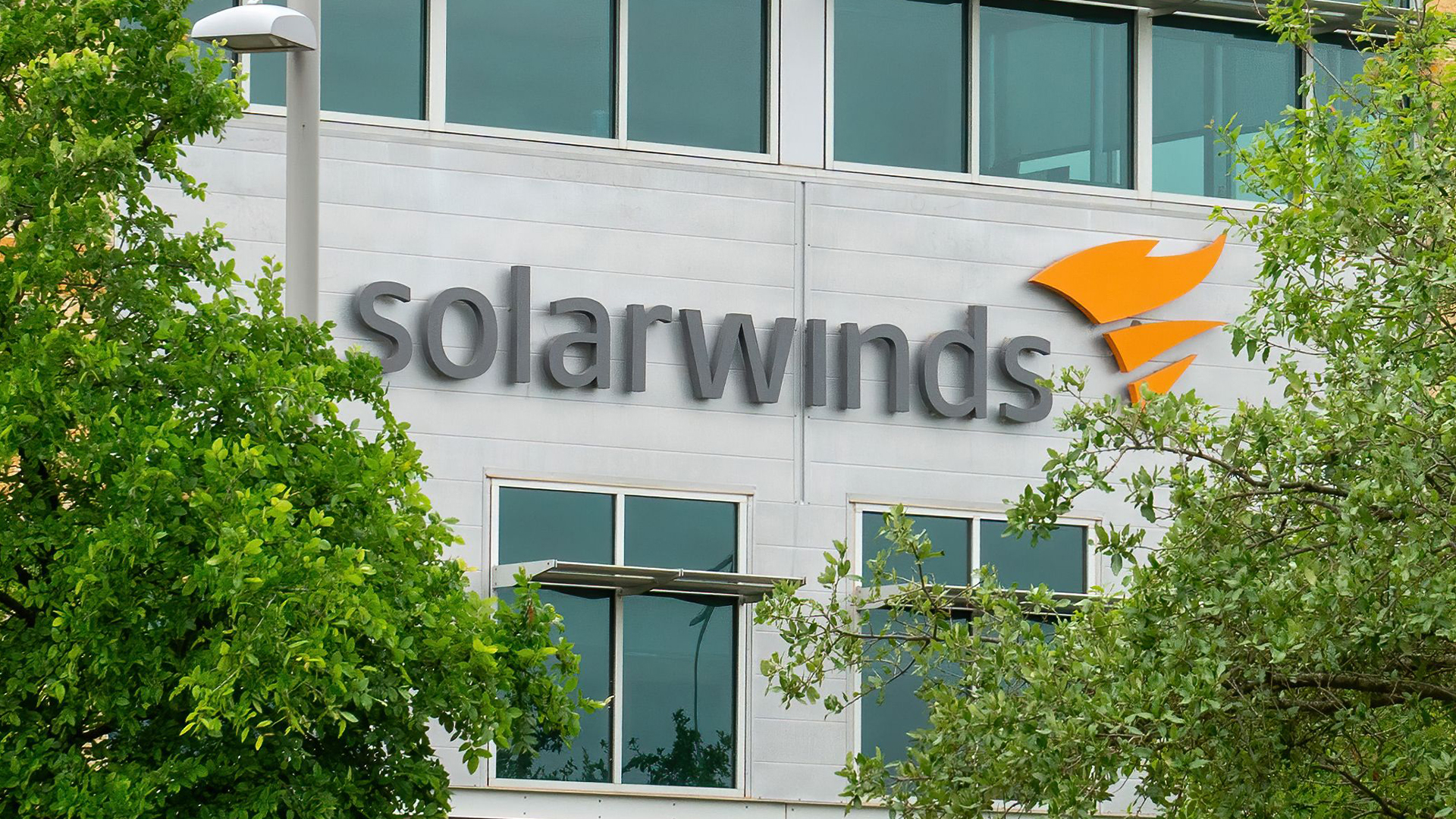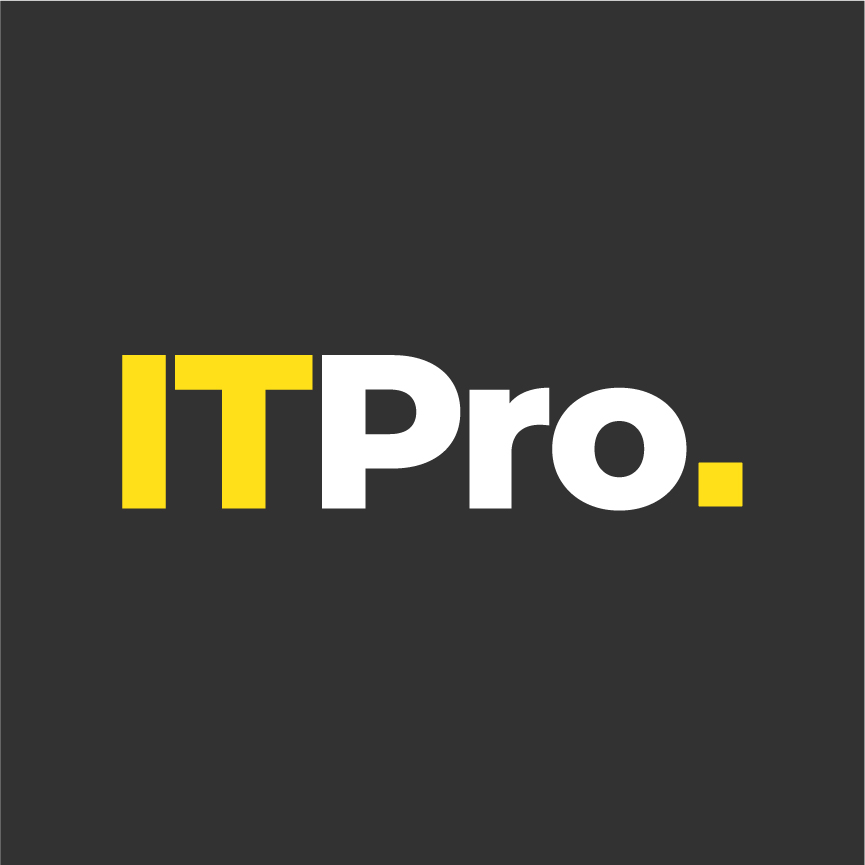Sponsored by Huawei
Using innovation to propel business success
Huawei has demonstrated an innovation-first approach to business for decades, across proprietary and open source technologies

Innovation is not a one-way street. For a company to truly innovate in its field, it must be willing to make targeted investments that push the boundaries of technology, benefiting both customers and partners.
At the same time, major players in any sector must be willing to invest in their wider customer communities and help set standards in collaboration with competitors. This is the key to a healthy, innovative sector, especially in the fast-moving world of technology.
Huawei is a company that understands this mindset well. The technology giant is a firm supporter of both targeted innovation and the open source community.
A testament to Huawei’s hands-on involvement in the open source ecosystem is its longstanding major involvement in open source projects and organizations. For example, Huawei is a founder member of the Cloud Native Computing Foundation (CNCF), a platinum member of the OpenInfra Foundation, and a premier member of the Pytorch Foundation, among many peer organizations.
Overall, the firm is also the number one contributor to Kubernetes code in Asia, as well as the number one Kubernetes project maintainer across the region.
Its contributions to open source don’t end at stewardship, however. For many years, Huawei has also donated significant software to open source foundations to share with the wider community.
For example, throughout 2020 and 2021, Huawei donated the code for its device operating system OpenHarmony to the OpenAtom Foundation, China’s first open source foundation, and one in which Huawei is a founder member. The same foundation hosts the Linux distribution openEuler, before it formally gifted the distro to the foundation in 2021.
Across enterprise environments, openEuler is used in servers, edge computing, cloud computing, and other digital devices. In all, it has now been installed on over 10 million installations by the end of 2024. In addition, openEuler has reached more than 3.85 million downloads worldwide, covering 155 countries and regions and over 2,000 cities.
In combination with work from Huawei itself, the more than 8,100 contributors in the OpenHarmony open source community added 10 million lines to OpenHarmony’s source code throughout 2024. OpenHarmony 6.0 was released on September 27, 2025, and over 1 billion devices have been powered by OpenHarmony so far.
“Sharing is indeed a form of openness, and I believe that openness is truly the path we must steadfastly follow for innovation in the future,” said one inventor representative in a Huawei video related to the Huawei Innovation and Intellectual Property (IP) Forum 2025.
At the same time, Huawei firmly backs the right for every company to develop extensive IP portfolios.
In just the past few decades, the company has become a major IP publisher across a wide range of sectors and technologies. Indeed, Huawei holds more than 150,000 active patents around the world, with over 29,000 of these in the US, 19,000 in Europe, and 50,000 in China.
At its recent Innovation and IP Forum, the organization celebrated the theme of ‘Advancing Innovation with Openness’. Attendees included international tech experts and marked its role as a key player in the Patent Cooperation Treaty (PCT) ecosystem.
Overall, Huawei published 6,600 PCT applications in 2024 alone. These breakthroughs, in both the open source and proprietary spaces, didn’t just happen overnight. They were the fruit of years of labour by Huawei researchers, backed by long-term investment.
Targeted R&D investment
Indeed, one of Huawei’s chief strengths for decades has been its commitment to research and development. Its R&D spending has always equaled more than 10% of its annual revenue, and over the past decade, its total R&D spending has exceeded CNY 1.249 trillion ($175.5 billion).
Additionally, over half (54.1%) of the organization’s employees work in R&D, as of 31 December 2024. In 2019, Huawei founder and CEO Ren Zhengfei stated that Huawei’s status as a privately held company is key to its R&D success, as it can focus more on progress than its “balance sheets”.
“What matters more to Huawei is the future industry structure,” he said. “Our decision-making system is different from public companies. It is very simple, and we are working hard to make the information society a reality.”
Huawei’s Top 10 Inventions award is an internal celebration of its R&D prowess, shining a light on the most notable advances and patents. In its most recent list, the firm celebrated specific leaps forward across its software and hardware, including breakthroughs that improve its SuperPod and 5G platforms.
The first of these to note is the Scale-Up Ultra-Large-Scale SuperPoD Computing Platform, which brings together hundreds or even thousands of AI chips to work on a single workload together.
“In the previous generation of computers, what we did was like building ‘bungalows’," said an inventor representative of the team behind the SuperPoD platform.
“In this generation, we are constructing skyscrapers instead. We integrate the 384 supernodes into the highest ‘building’ in the world.”
These chips are connected by over 7,000 high-bandwidth optical modules, themselves linked together through 3,000 buses. It’s a significant step towards meeting the intense parallel processing demands of large AI models, as well as the data and storage demands of at-scale AI deployment.
The representative added that the low latency and high throughput achievable through the new architecture have helped Huawei to answer user queries more quickly, as well as without any downtime or delays during peak access periods.
A similar breakthrough has been made in Ascend-aware Inference Acceleration via Mathematical Innovation.
This math-based methodology dramatically improves the degree to which Huawei Ascend chips can be optimized for the purposes of training large language models (LLMs) and other deep learning models.
Another major innovation on the list is Huawei’s Fixed 5G-Advanced – 50G PON technology, the first of its kind deployed commercially, which opens the door to 50Gbit/sec downstream speeds across fixed access 5G. It’s a potential game-changer for businesses, enhanced by other innovations in Huawei’s proprietary tech stack.
GigaGreen RAN, another winning project that sees a proprietary multi-band sharing method used to reduce energy usage in radio mast technology by as much as 30%. Overall, the technology is estimated to improve customer 5G network experience by 20%, with interference reduced by 25 dB to give network operators more control over precise spectrum use and allocation.
Throughout its decades-long history, Huawei has charted a steady course of sustainable innovation. Despite its expansive proprietary development, it has not forgotten the international advantages of giving back to the open source community and leaning on principles of openness to drive new success and technological advances.
Sign up today and you will receive a free copy of our Future Focus 2025 report - the leading guidance on AI, cybersecurity and other IT challenges as per 700+ senior executives
ITPro is a global business technology website providing the latest news, analysis, and business insight for IT decision-makers. Whether it's cyber security, cloud computing, IT infrastructure, or business strategy, we aim to equip leaders with the data they need to make informed IT investments.
For regular updates delivered to your inbox and social feeds, be sure to sign up to our daily newsletter and follow on us LinkedIn and Twitter.
-
 Wall Street giants warned of data exposure following supply chain attack
Wall Street giants warned of data exposure following supply chain attackNews SitusAMC data including accounting records and legal agreements were stolen by unknown attacker
-
 SEC drops SolarWinds lawsuit
SEC drops SolarWinds lawsuitNews The case that threatened to make CISOs responsible for security failures has been scrapped – but execs shouldn't rest too easily
-
 Huawei’s Peter Zhou on the future of data storage to accelerate business digital transformation
Huawei’s Peter Zhou on the future of data storage to accelerate business digital transformationSponsored Content Storage in the era of AI will create new challenges for cold and warm data
-
 Doing business under US sanctions: a Huawei success story
Doing business under US sanctions: a Huawei success storyAnalysis Doubling down on R&D, diversifying its business, and seeking out ripe new markets – the resurgence of Huawei carries lessons for all businesses
-
 Huawei empowers SMEs through digital and intelligent transformation
Huawei empowers SMEs through digital and intelligent transformationSponsored Content Huawei launches new solutions and strengthens partnerships to drive digital transformation for SMEs, aiming to empower small businesses in the intelligent era
-
 Reshaping traditional industries with technology
Reshaping traditional industries with technologySponsored Content Industries worldwide are on the brink of a new era as technologies like AI, 5G-A, and cloud computing reshape the landscape
-
 Driving intelligent transformation: Huawei's vision for the future at Gitex Global 2024
Driving intelligent transformation: Huawei's vision for the future at Gitex Global 2024Sponsored Content Li Peng, corporate senior vice president and president of ICT sales and service at Huawei, outlines how the company is leading the way in intelligent transformation, building partnerships, and developing talent to drive global growth in the intelligent era
-
 Global digitalization index (GDI) in-depth analysis
Global digitalization index (GDI) in-depth analysisSponsored Content As digital technologies reshape industries and redefine global economies, Huawei’s Global Digitalization Index (GDI) 2024 offers a detailed analysis of how nations can leverage ICT to accelerate growth
-
 Striding towards the intelligent world
Striding towards the intelligent worldSponsored Content As global industries rapidly shift gears from digitalization to digital-intelligent transformation, data storage emerges as the critical driver of this evolution
-
 BT says it needs more time to remove Huawei equipment from UK networks
BT says it needs more time to remove Huawei equipment from UK networksNews The company has until January 2023 to remove the Chinese operator’s equipment in its core network, but has now asked the government for an extension


